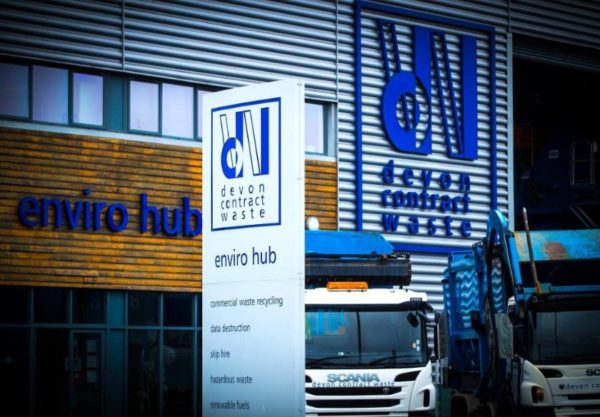The Single Strategy To Use For Recycling Lives Services

Anything with electrical or electronic parts, a plug or a battery is categorized as WEEE and has to not be dealt with with your general waste. Electric things will certainly have a logo with a crossed-out wheelie bin on their product packaging. The suppliers, manufacturers and sellers of the equipment aid spend for old electric items to be reused.
You can take all household electric products to Oxfordshire's waste recycling centres for reusing. If your thing remains in functioning condition, consider donating it. If your electrical product is damaged, you might search for a regional repair service caf where volunteers can fix it. You can additionally think about borrowing electric products that you don't utilize regularly. In addition, all Oxfordshire regional authorities approve vapes and e-cigarettes as a separate kerbside collection. Exactly how they are accumulated in each area differs slightly; inspect you have the appropriate details for your area.
Mobile batteries the kind you locate in tiny handheld tools can likewise be recycled at the kerbside but not inside any of your containers. Check the Waste Wizard for how to do this in your location. Larger stores that market batteries also have collection points for recycling old batteries. Batteries should constantly be eliminated from electric products where they are created to do so and recycle individually, Energy-saving, LED and compact fluorescent light bulbs and tubes can be reused at our reusing centres.
Little Known Facts About Recycling Lives Services.
Older-style filament or halogen light bulbs can be dealt with in your general rubbish container in your home. Some DIY shops likewise have collection factors for light bulbs. Little electrical items (tiny adequate to fit in a copyright bag) can be recycled at our waste reusing centres or at the kerbside. recycling lives services skips hire.

The Basic Principles Of Recycling Lives Services
Electric things are broken down into separate pasts so that the different materials they are made up of can be gotten rid of and recycled. Waste reusing centres are for use by owners only and can not accept waste from commercial resources.
E-waste, digital waste, e-scrap and end-of-life electronics are terms often used to define used electronic devices that are nearing completion of their useful life, and are disposed of, given away or provided to a recycler. The UN specifies e-waste as any disposed of products with a battery or plug, and includes poisonous and dangerous materials such as mercury, that can posture severe risk to human and ecological health.
See This Report on Recycling Lives Services
Just 17.4% of this electronic waste, containing a blend of harmful compounds and valuable materials, will certainly be videotaped as being properly gathered, dealt with and recycled - https://www.tumblr.com/rcyclng1vssvc/762796602901528576/recycling-lives-services-provide-total-waste?source=share. Several campaigns are embarked on to tackle this growing issue, however none can be completely effective without the energetic duty and correct education and learning of consumers

Moreover, mining disposed of electronics produces 80% less emissions of co2 per unit of gold compared to mining it from the ground. In 2015, the removal of basic materials represented 7% of the world's power intake. This indicates that moving in the direction of the use of even more second basic materials in digital products might help substantially within the targets laid out in the Paris Contract on environment modification.
The Facts About Recycling Lives Services Revealed
Every device ever generated has a carbon impact and is adding to human-made worldwide warming. Manufacture a tonne of laptop computers you could try this out and possibly 10 tonnes of CO2 are discharged. When the carbon dioxide released over a device's lifetime is considered, it predominantly occurs throughout manufacturing, before consumers acquire an item. This makes reduced carbon procedures and inputs at the manufacturing stage (such as usage recycled resources) and product lifetime vital determinants of total ecological impact.
Also in the EU, which leads the world in e-waste recycling, just 35% of e-waste is officially reported as effectively gathered and recycled. Globally, the average is 20%; the continuing to be 80% is undocumented, with much winding up hidden under the ground for centuries as land fill. E-waste is not eco-friendly. The absence of reusing weighs greatly on the global electronic sector and as tools come to be more various, smaller and much more complicated, the problem intensifies.
The staying mass of e-waste generally plastics laced with metals and chemicals postures a much more intractable issue. A brand-new vision for the manufacturing and intake of digital and electrical items is required. It is very easy for e-waste to be mounted as a post-consumer problem, yet the concern includes the lifecycle of the devices every person utilizes.
Comments on “The 20-Second Trick For Recycling Lives Services”